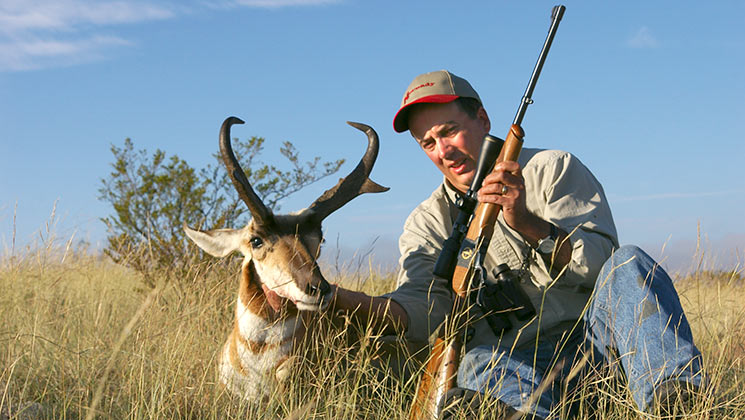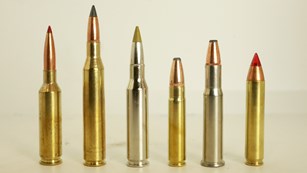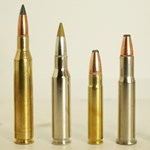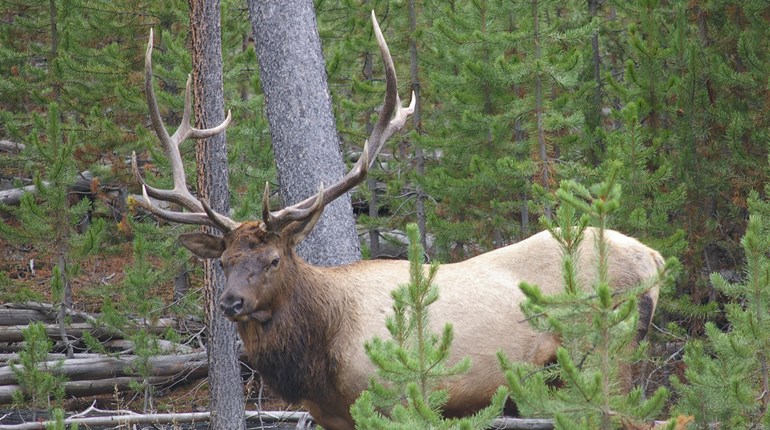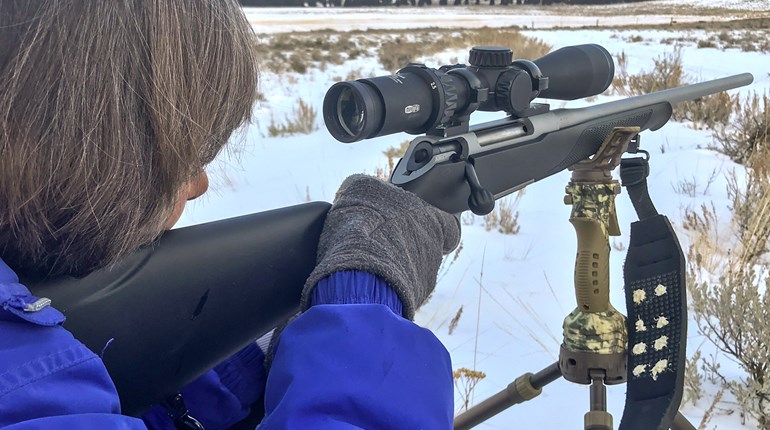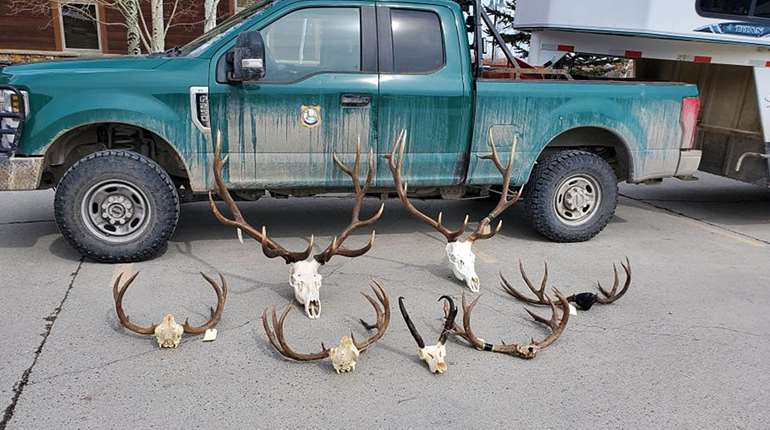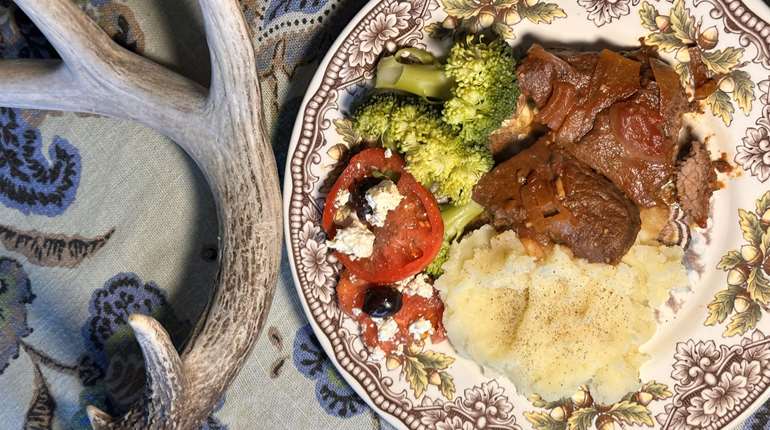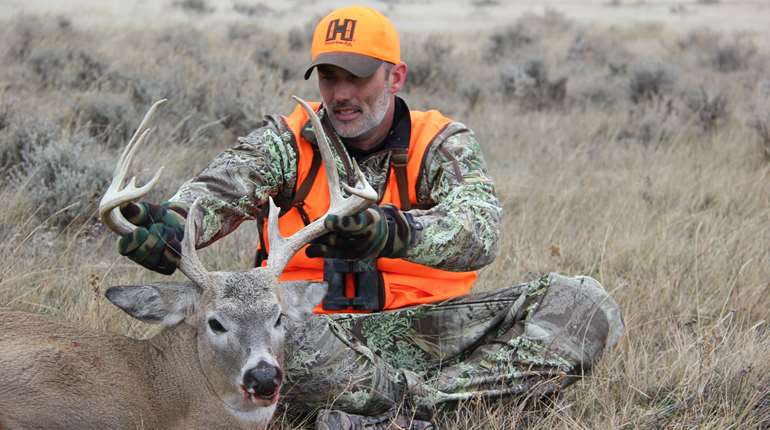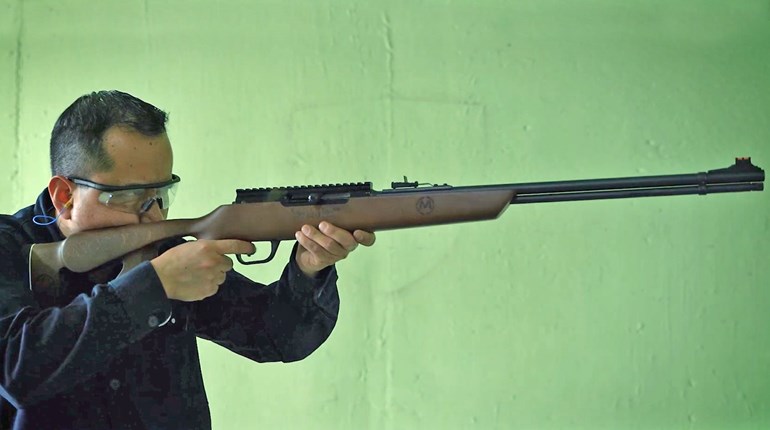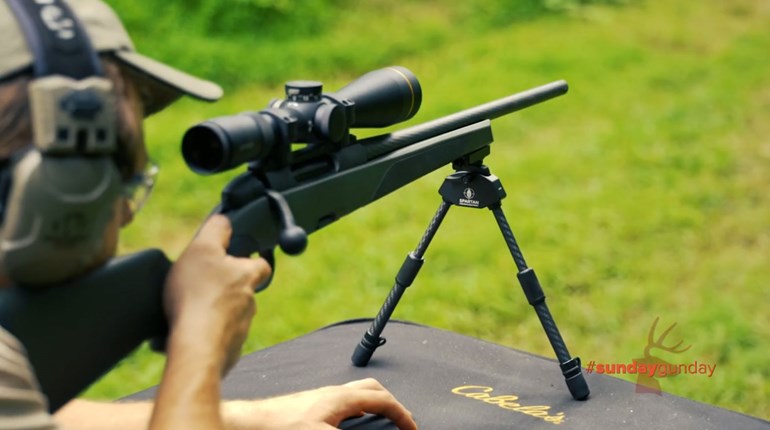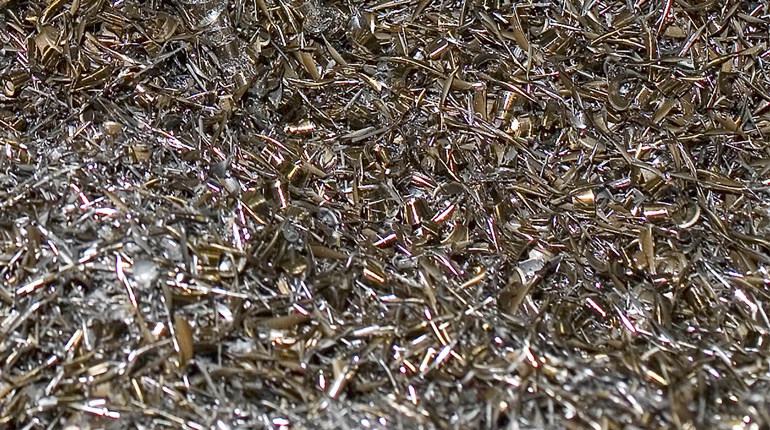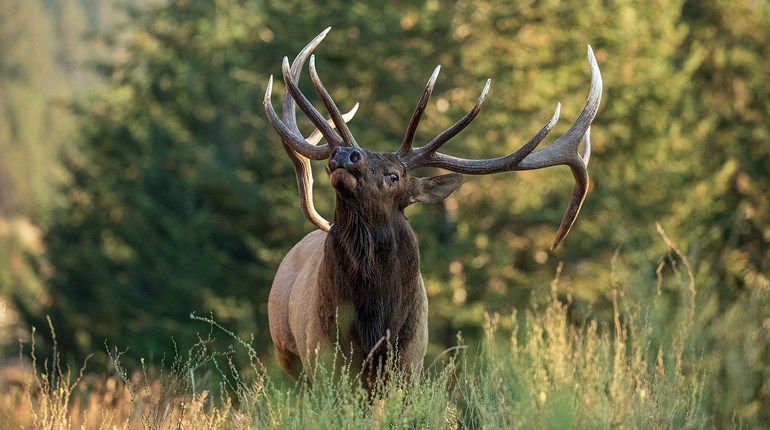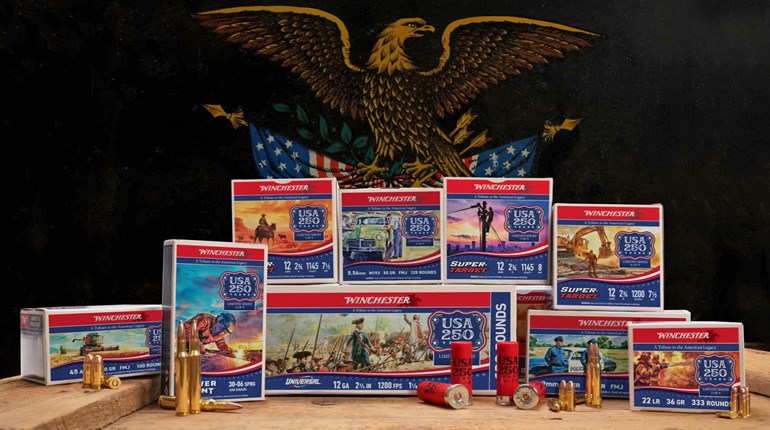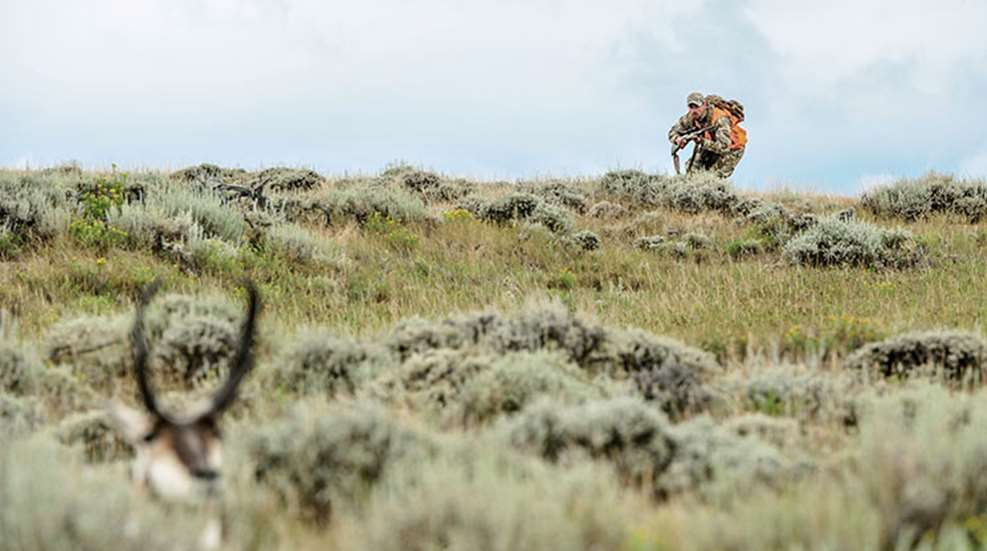
In early Octobers when my three sons were boys we loaded the pickup to the tipping point with camping and hunting gear and drove down from the mountains and out onto the antelope prairie. The whole world opened up as the plains spread in the distance to fuse with the sky. The boys’ faces were glued to the windows watching the country unfold.
The first year the youngest, Thomas, came hunting he wondered aloud how we would ever find antelope in such big country. He had already switched his Game Boy for his binocular. “We’ll drive the ranch roads and do a lot of looking,” I said.
“There’s no hunting from the truck,” Thomas said, his hunter education course still fresh in his mind.
“We’ll do some looking from the truck,” I replied. “But your hunting will be on foot.”
The first morning the boys were antsy to start hunting. Rounding them up and checking each for a full day’s proper dress and hunting gear seemed to take forever. The sun was well up by the time we drove away from camp pitched under a grove of cottonwoods along a trickle of a creek. We turned off the county road onto a dirt track that led through miles upon miles of low hills. The boys were pretty wound up, and after driving over a couple of ridges I parked the truck. A hike would rein them in. “Pull out your rifles and put on your packs,” I said.
The main idea of the hike was to acquaint and reacquaint them with the prairie. Along the walk, the boys moved into or across the wind as much as possible. They kept their silhouettes off the skyline and crouched going through saddles to cross ridges. Off the ridge tops, they sat in the sagebrush and used their binoculars to scan for antelope. We talked about hunting methods such as waiting for flushed antelope at fence corners when other hunters were in the country, to staking out stock ponds during the heat of the day and the evenings. Stalking ruled, though, because of the boys pent-up excitement. On the wide loop back to the road, the boys went off by themselves to check hidden pockets and swales. They returned with a report of a long scatter of antelope far to the west.
By the time we had made it back to the pickup the edge had worn off the boys’ restlessness. They appreciated the water jug and food cooler carried in the truck, and that the pickup would take them several miles closer to the antelope they had spotted.
Driving Right
We were hunting on a private ranch enrolled in Montana’s Block Management program, administered by the Montana Department of Fish, Wildlife and Parks. In 2016, there were 264 Block Management areas that provided public access to more than 2.9 million acres of land in southeastern Montana.
Other states with antelope hunting also oversee similar programs. For instance, Wyoming’s Hunter Management Program strives to maintain and enhance public hunter access by forging agreements with landowners. Wyoming’s Walk-In Areas lease hunting rights on private land for the public. These WIAs are typically limited to hunting on foot.
These programs are touted as wildlife management tools. But the programs are also used to supervise hunters. Most ranchers really do not mind hunters. But they hate it when hunters and motorized vehicles come together. On the permission slip for one ranch I hunted was printed, “NO ATVs ALLOWED.” Hunters were denied permission if they even possessed an ATV. Vehicles spread weeds, and tires that dig a trench up a ridge cause perpetual erosion. Some ranchers believe vehicles can also contribute to unethical hunting, especially in wide-open antelope country.
In the book Pronghorn Ecology and Management, by Bart W. O’Gara and Jim D. Yoakum, the authors discuss the wounding loss of antelope by hunters on two ranges in Colorado. One year the wounding loss of antelope was estimated at 15 percent and 25 percent on the ranges. But the next season a heavy snowstorm compelled hunters to hunt on foot and wounding loss fell to 5 percent and 4 percent. “Consequently, they were inclined and better able to follow up on crippling shots,” the authors wrote. “Another possibility is that hunters on foot secured more standing shots than did the road hunters.”
On Down the Road
Lunch was in order before driving toward the antelope. The pickup’s tailgate made a good dinner table and soon soup was boiling on the Coleman stove to go along with the sandwiches.
A shot at an antelope buck standing still was what the boys needed. They had practiced shooting their rifles all summer. That rehearsal had shown them a spur-of-the-moment shot was, at best, a bullet on the edge of a target. A bullet dead on target took a few seconds to build, by sitting with their rifles supported on a Harris bipod or from prone with the bipod or the rifle resting on a pack. A long shot was reckless because if it failed to go according to plan, antelope bunched up and ran, leaving no option to resolve the problem.
We drove along the road to narrow the distance to the antelope. As we rounded a curve, a half-dozen antelope flushed from the edge of a pond in the coulee bottom. The season was a week old and the antelope fled full out, cutting this way and that across the lay of the land as one, like a flock of birds. “No shot there,” Paul said from the back seat.
Cresting the next ridge, we spotted the antelope. The herd was still more than a mile out, and we held our breath that they would not spook as we went over the hill and down out of sight. We parked in the bottom and Thomas readied himself. Brian climbed the next hill, stopped short of the top and looked with his binocular. He gave a thumbs up as he came down.
We kept to a deep coulee that meandered toward the antelope. When we were fairly close I peeked over the lip of the coulee. Around 30 antelope lay in their day beds and grazed about. A ways farther down the coulee a ridge cut toward the antelope to hide our final approach.
The two older boys sat at the base of the ridge to wait. Thomas and I hurried along the ridge in a crouch and then a slow crawl. Sagebrush shielded our movements at the top of the ridge. A black-faced buck with a hook to the tips of its horns stood broadside a short way across the grass. Thomas snugged in behind his rifle. He shot, and the hit of his 7mm-08 bullet came back at the same moment a bloom of red appeared behind the buck’s shoulder. The buck jumped ahead, rocked back and fell.
This was Thomas’ time with his first antelope buck. I patted him on the back and he walked to the antelope by himself. The other boys joined me and we went on down to meet him.
With expert advice from his brothers, Thomas field-dressed his buck. The next hurdle to jump was getting the buck to the truck. Thomas grabbed a horn, Paul a front leg and Brian a back leg. The trio carried, but mostly dragged, the buck to the road. I brought up the rear carrying the rifles. The boys sat along the road in the glow of the early-evening sun while I walked back to bring up the truck. An unskinned antelope baking in the sun is a recipe for tainted meat. We skinned the antelope and put the quarters on jugs of ice in a giant cooler in the pickup box.
I was one boy short when we were ready to continue hunting. Brian was up on the ridge glassing the country. He waved me up. A dozen antelope grazed along at the edge of a basin on the far side of the next ridge. The white of the antelope gleamed in the light of the low sun. Brian pointed out the route he had planned to keep out of sight during his stalk. I followed along, having to put some hop into my step to keep up.
At the last of the stalk, Brian charged up the backside of the ridge. I pulled at his belt and motioned for him to kneel for a minute to catch his breath and composure. He went the last way in a crouch and lay on the crest of the ridge behind his rifle supported on its bipod. A doe raised its head and stared warily his way, but it failed to see anything against the setting sun.
Three bucks were in the bunch. Brian’s rifle sight settled on a buck at the far right. The distance was 140 yards, maybe even a few yards closer. Brian’s thumb flipped off the rifle’s safety and his index finger settled on the trigger. He exhaled and took a partial settling breath. The report of his .30-06 shattered the silence. The buck crumpled and kicked its hind feet for a moment.
Brian jumped up and worked his rifle’s bolt to chamber a new cartridge. He started at a run to his buck.
“Walk!” I shouted.
Brian pulled his buck away from the bloody dirt and positioned it in a dignified pose. He ran his hand over the rough base of the horns and up the smooth curve to the tips. “The whole stalk I was worried they might have moved on or seen me,” Brian said.
He pulled his knife, tag and rope out of his pack and went to work. I carried his rifle as he dragged the buck toward the road. Paul came driving down the road to meet us. We loaded the buck and headed out for camp. The boys skinned the buck by lantern light while spaghetti sauce simmered and noodles boiled on the camp stove.
The next morning we were out the tent flap and on the road before dawn. Daylight sifted in from the east across the prairie. We glassed at the turnoff from the county road. But the only movement was a roll of dust from another truck far to the west. Driving ahead, I stopped short of the top of each ridge and the boys jumped out to walk to the tops to peek over with their binoculars.
This stop-and-glass continued for an hour before Paul spotted white dots of antelope trotting across a basin of sagebrush. For the longest time the herd hurried along, slowed then trotted on. They finally slacked off to a walk before disappearing behind a ridge.
Ridges merged one to the next, leading toward the antelope. The bare tops were the easiest walking. But we stayed off the crests, yet fairly high up to watch well ahead.
Paul went up the ridge where the antelope had gone out of sight. He returned and turned up his hands. Nothing.
From the next ridge we saw a couple of antelope wander around a corner and disappear where the hill fanned out far below. The basin on the far side of the ridge was full of antelope. A deep draw in the side of the hill ran down toward the antelope. A line of sagebrush at the mouth of the draw would bring Paul into range of the nearest antelope. But the stalk would be long and iffy.
Paul crawled across open ground and slid into the draw. Every so often his head appeared, marking his progress. He crept out of the draw and along behind the sagebrush. A buck stood within range. Yet for the longest time Paul lay still on the ground.
All in an instant the buck moved away in a high step and Paul sat up, bringing his rifle to bear. The buck stopped, followed by the rifle’s report. The buck stood for a moment on splayed legs, then fell over backward.
“I thought you were taking a nap,” I said when we met Paul sitting next to his buck.
“I was trying to shoot through the sagebrush,” he replied.
We cut up the buck for the long walk back to the road. I packed the hindquarters in one piece on my shoulders and held onto the legs at the hooves to balance the load. Brian and Thomas each carried a front quarter. The hunter carried the buck’s head.
Our hikes across the prairie were nearly over when we reached the road. Only the walk on the road remained to the truck that would carry us along the thread through the country to camp and then home in the morning.
